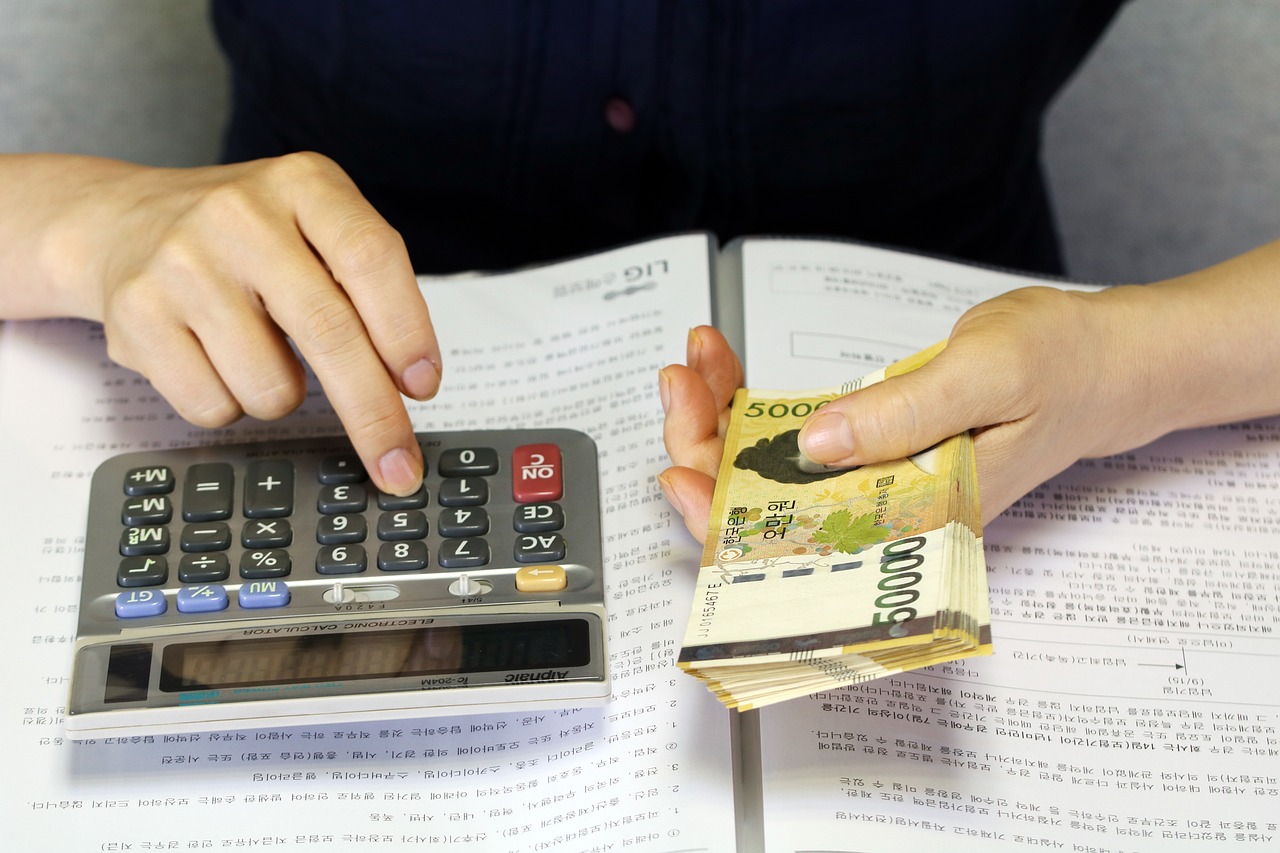Understanding IBAN Transfers: Exchange Rates, Supported Countries, Methods, and Issues
GPT_Global - 2025-09-16 22:00:37.0 136
How does the exchange rate affect international IBAN transfers?
When sending money abroad through an international IBAN transfer, the exchange rate plays a crucial role in determining how much the recipient ultimately receives. Since currencies constantly fluctuate, the rate at the time of transfer can significantly increase or decrease the converted amount. For example, even a small difference in rates can mean noticeable changes in the final payout, making it essential to pay close attention before completing a transaction.
Banks and remittance providers often apply their own exchange rates, which may differ from the mid-market rate. This means that the cost of an international IBAN transfer isn’t only about fees—it also depends on the provider’s conversion rate. A less competitive rate can reduce the amount your recipient gets, even if the transfer fee looks low.
To maximize the value of your transfer, it’s important to compare providers, check real-time exchange rates, and understand how fluctuations impact costs. Choosing a remittance service with transparent pricing and competitive currency conversion ensures that more of your money reaches its destination. In short, the exchange rate directly affects the fairness and efficiency of international IBAN transfers, making it a key factor in cross-border remittances.

Are there any countries where IBAN transfers are not supported?
```htmlIn the world of international money transfers, the International Bank Account Number (IBAN) is a widely used standard for facilitating cross-border payments. However, there are certain countries where IBAN transfers are not supported, primarily due to their banking systems not adopting the IBAN format. These countries may rely on alternative systems for processing international payments.
For instance, countries like the United States, Canada, and Australia do not use IBAN as their primary payment system. Instead, they use routing numbers or other formats for domestic and international transfers. In these countries, remittance businesses typically rely on SWIFT codes for cross-border transactions.
Additionally, countries such as China, India, and some parts of Africa may also lack full IBAN integration due to their own unique banking infrastructure. This can lead to complications for individuals trying to send or receive money internationally. As a result, remittance services must often adapt to local systems to ensure smooth transactions.
For remittance businesses, understanding these regional variations and providing suitable alternatives is essential for offering seamless services to customers. Always verify whether IBAN is supported in the destination country before processing transfers.
```What is the difference between an IBAN and a traditional bank account number?
Sure! Here’s an SEO-friendly article tailored for the remittance business: ---When sending money internationally, one common question arises: what is the difference between an IBAN and a traditional bank account number? Understanding this distinction is crucial for smooth remittance transactions and avoiding costly delays or rejections.
An International Bank Account Number (IBAN) is a standardized format used mainly in Europe and other regions for cross-border payments. It contains a country code, check digits, and the bank account number, ensuring that funds reach the correct recipient quickly and securely. IBANs reduce errors and enhance efficiency in global money transfers.
On the other hand, a traditional bank account number is typically shorter and only used within the domestic banking system of a particular country. While sufficient for local transactions, it often lacks the international recognition required for overseas transfers. This can cause issues when sending or receiving funds abroad without the IBAN format.
For remittance customers, providing the correct IBAN instead of just a bank account number can make the difference between a fast, hassle-free transfer and a delayed one. Always check with your recipient’s bank to confirm the IBAN to ensure your money reaches its destination securely.
Can I transfer money to an IBAN account without internet banking?
In today's world, sending money to an International Bank Account Number (IBAN) is a common practice for both personal and business transactions. But can you transfer money to an IBAN account without using internet banking? The answer is yes, though the process may vary depending on your location and financial institutions.
One option is to use a traditional bank. Many banks allow customers to initiate an IBAN transfer through physical bank branches, where the transfer is processed manually by a bank representative. However, this may require a visit to the bank and could involve additional fees or longer processing times compared to online methods.
Another alternative is to use a remittance service that offers offline options. Some providers allow customers to transfer money through telephone banking or at physical locations without needing an internet connection. These services are beneficial for those who may not have access to the internet or prefer to handle their transactions in person.
Despite the convenience of online banking, it's still possible to transfer money to an IBAN account without the internet, ensuring flexibility for all users. Be sure to inquire about fees and processing times to ensure a smooth transaction.
Is it possible to transfer money to an IBAN account via a bank branch?
Here’s a draft article within your requested length and format: ---Many people wonder if it is possible to transfer money to an IBAN account through a bank branch. The answer is yes. An International Bank Account Number (IBAN) is a standardized format used by banks worldwide, making cross-border payments faster and more secure. By visiting your local bank branch, you can initiate a transfer to an IBAN account abroad.
When sending money through a bank branch, you will need to provide key details such as the recipient’s full name, their IBAN, and the receiving bank’s SWIFT or BIC code. Banks typically charge fees for international transfers, and exchange rates may also affect the total amount the recipient receives. It’s important to confirm all details carefully to avoid delays or errors.
While bank branches remain a reliable option for IBAN transfers, remittance service providers often offer faster processing, competitive fees, and user-friendly digital platforms. Whether you choose a traditional bank branch or a modern money transfer service, the IBAN system ensures your funds reach the correct account securely and efficiently.
Can I send money to an IBAN account from a PayPal account?
Many people who rely on international money transfers often wonder if they can send money from a PayPal account directly to an IBAN account. An IBAN (International Bank Account Number) is commonly used in Europe and many other countries to ensure secure and accurate transfers between banks. However, PayPal does not allow direct transfers from your PayPal balance to an IBAN. Instead, you must first link your bank account to PayPal, withdraw the funds, and then send the money via your bank to the IBAN account. This limitation makes PayPal less convenient for customers looking to send remittances quickly and directly to international bank accounts. The process can also involve extra steps, fees, and delays. For those who want to support family members or business partners abroad, such obstacles can make PayPal an inefficient option when compared with specialized remittance services. Dedicated remittance companies provide a faster and more cost-effective way to send money directly to an IBAN account. With lower fees, better exchange rates, and direct-to-bank delivery, they simplify the process and ensure recipients get funds without unnecessary delays. If sending money to IBAN accounts is your priority, choosing a trusted remittance service is the smarter and more efficient solution.What happens if I enter the wrong IBAN number?
Sure! Here is an SEO article about what happens if you enter the wrong IBAN number, formatted with the appropriate paragraph tags: ```htmlWhen sending money internationally, it's crucial to provide the correct International Bank Account Number (IBAN). An IBAN ensures that the funds reach the intended recipient without delays. But what happens if you enter the wrong IBAN number?
If the IBAN is incorrect, the payment may be rejected by the recipient's bank. In many cases, the funds will be returned to the sender, though this process can take several days or even weeks. Additionally, some remittance services might charge a fee for this returned transaction.
Entering an incorrect IBAN can also lead to delayed transfers or misdirected payments. In the worst-case scenario, the funds may end up in the wrong account, complicating the process of retrieval. To avoid these issues, always double-check the IBAN before confirming the transaction.
To ensure a smooth transfer, it's recommended to verify the IBAN with the recipient and use a reliable remittance provider that offers accurate validation tools. This way, your money reaches its destination securely and quickly.
``` This article provides helpful information for people using remittance services and emphasizes the importance of entering the correct IBAN number.
About Panda Remit
Panda Remit is committed to providing global users with more convenient, safe, reliable, and affordable online cross-border remittance services。
International remittance services from more than 30 countries/regions around the world are now available: including Japan, Hong Kong, Europe, the United States, Australia, and other markets, and are recognized and trusted by millions of users around the world.
Visit Panda Remit Official Website or Download PandaRemit App, to learn more about remittance info.



